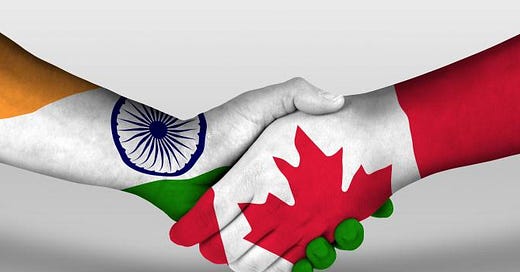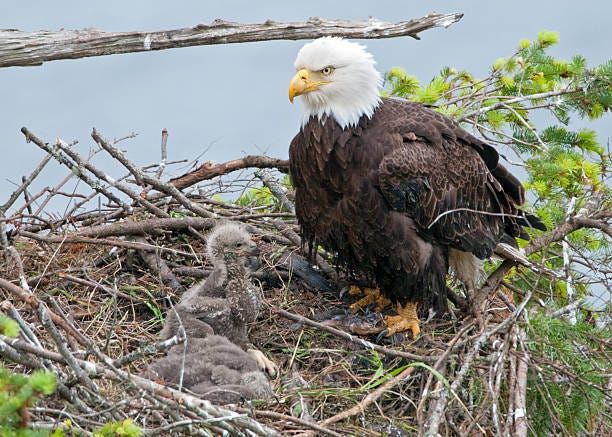For over 150 years, Canada's greatest love affair has been with the United States. Cohabitating the same continent, the US is our staunchest ally, strongest defender and largest economic partner, accounting for over 960.9 billion in trade in 2022. Nestled under the eagle’s wing, we've gotten away with spending a scant 1.4% of our GDP on defense, while the US splashes out 3.1%.
But the Canada-US relationship hasn't been perfect; we've carped about their controlling nature on many occasions, such as during free trade negotiations in 1988. To assert our independence, Canada always pursues some side action, in the form of other bilateral trade, military and cultural alliances. And there are many willing partners ready to dance.
For the past forty years, one of the most ardent has been China. In 2022, Canada imported a record $100,027,968,000 of goods from the Middle Kingdom, while our exports hit a historic high of $27.9 billion. But money can't always buy you love. Like the rest of the G7, Canada is cooling its relationship with China, in line with the G7's statement at its recent meeting in Hiroshima:
“We are not decoupling or turning inwards. At the same time, we recognize that economic resilience requires de-risking and diversifying…. We will seek to address the challenges posed by China’s non-market policies and practices, which distort the global economy. We will counter malign practices, such as illegitimate technology transfer or data disclosure.”
Translation: we’re going to move our money where there are fewer geopolitical uncertainties, including risk of nationalization, technology theft, and military conflict. If China wants to keep doing business, it will have to play by our rules.
So where else should Canada set its sights? We’ve already renegotiated CUSMA, done a trade deal with Europe, and deepened economic ties with dozens of smaller countries. Who's left on the dance card?
All signs point to India - and here are five reasons why.
Trade
In November 2022, the Canadian government turned its eyes to the subcontinent in its long-awaited Indo-Pacific Strategy, which committed to increasing ties between the Canada and India. Opportunities abound for Canadian businesses looking to tap into India's growing consumer base, and invest in sectors such as e-commerce, renewable energy, and fintech.
Currently, India is Canada's ninth-largest trading partner, but in May 2023, International Trade Minister Mary Ng and India's Commerce and Industry Minister Piyush Goyal issued a joint statement on the pursuit of a comprehensive trade pact which could boost bilateral trade by up to $6.5 billion. India has already concluded free trade pacts with Australia, the UAE, Mauritius and the ASEAN, and is currently in discussions with the United Kingdom.
And no wonder: India is the world's fastest-growing major economy, forecasting a GDP growth rate of 6.5% for 2023. Major manufacturers are also taking note: on June 2, Taiwan-based Foxconn, Apple's biggest supplier, announced that it will start making iPhones in the southern Indian state of Karnataka by April 2024, creating around 50,000 jobs and quadrupling its current workforce in the country.

Keep reading with a 7-day free trial
Subscribe to In My Opinion to keep reading this post and get 7 days of free access to the full post archives.




